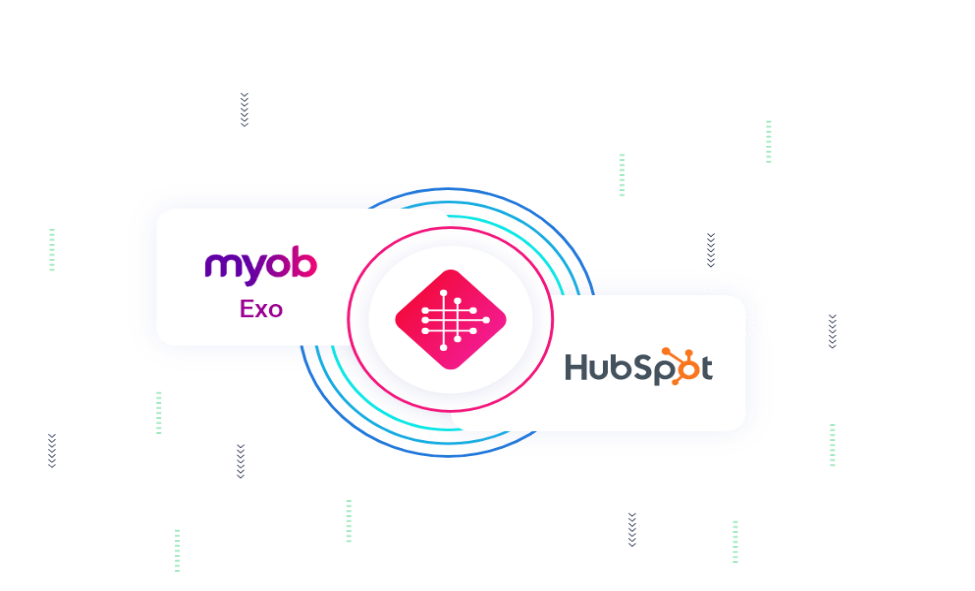5 Ways CSR Impacts Brand Image
- Written by Daily Bulletin

Each business-client exchange contributes to an organization's brand image regardless of whether you make a purchase. In simple terms, brand image refers to how a customer perceives or thinks of a brand. This image doesn't just develop overnight but develops through countless interactions and experiences. If a business has a poor brand image, it may struggle to run its operations and fail to launch even a new product.
Although a strong brand image has countless benefits, it fulfills some of these major business motives:
-
Attracts new customers to the brand
-
Easier to launch other products under the same name
-
Retains existing customers
Several factors contribute to building an organization's brand image, one example being corporate social responsibility. CSR has gained much attention from professionals and researchers alike in recent years. For most consumers, it's becoming increasingly important for their favorite businesses to be good corporate citizens and play an active role in benefiting communities and the environment.
Therefore, the impact of CSR on an organization's different dimensions, including investment, sales, and brand image, has made it a valuable asset in today's market.
Here are 5 ways it can affect a company's brand image:
1. Improve customer perception
Until a few decades ago, CSR was just an admirable business practice employed by some organizations but not others. However, it has now become a consumer-driven demand. So, what is corporate social responsibility, and why is it essential to develop customer perception?
CSR goes beyond meeting the minimum legal requirements to manage any business's environmental, social, and economic operations. Since the corporate world is becoming more challenging by the day, it is becoming more and more crucial for companies to set themselves apart from others. Market research has shown that Gen Z consumers tend to favor companies that adopt ethical and philanthropic responsibilities over those that don't. And so, employing socially responsible practices in your business operations can help you win customers and improve their perception of your brand image.
2. Enhances brand equity
As a multi-dimensional and slightly complex concept, brand equity shares numerous definitions. But at its core, brand equity represents the value of a brand. While brand image refers to a customer's perception, brand equity is the company's viewpoint.
Due to increased customer awareness regarding practices and products beneficial to society and the environment, CSR is an excellent strategy to enhance profitability. It is a vital pillar in shaping a company's objectives, procedures, and behaviors and boosts brand equity by creating a positive impression in the customer's minds. An organization's reputation is a significant predictor of its brand equity, and this reputation is likely to expedite in the presence of CSR activities and practices.
3. Help save money
Implementing CSR actions doesn't just positively impact society but can also reduce company costs and help maximize profits. Some of these practices include:
-
Saving energy
Develop policies that allow your organization to fulfill its commitment to the environment and make it sustainable. Switch off lights and equipment when you don't need them. Try to reuse paper whenever possible and limit the use of new sheets to print documents that aren't necessary. These practices showcase you being responsible for the environment and help you reduce overhead costs within the company.
-
Adopting a code of ethics
Workplaces are becoming more culturally diverse by the day, and it's crucial for companies not just to accept this change but also embrace it. Motivated and respected employees are likely to perform better on the jobs and improve work efficiency in the organization. Building a code of ethics will keep in check employee behavior on values, environment, morals, respect, and customer service.
-
Making appropriate donations
Donating to a just cause or an appropriate organization can be an excellent tool for promoting your business. While traditional marketing requires identifying your target audience and then selling your product to them, investing in donations automatically connects you to the relevant market.
4. Attracts new investors
Investors are now more interested in companies that are socially and environmentally responsible. Since they recognize the increasing need for social causes among the upcoming generation, they understand CSR's vital role in driving company growth. All corporate investors have one shared goal: to earn greater returns than the initial investment. And the best strategy for this is to listen to what the customer wants and then provide it.
Contrary to what most might believe, shareholders don't view investing in CSR activities as a waste of resources. Instead, they view it as an indicator of an accountable and transparent business in its dealings. And, therefore, one that is less likely to fall into expensive mishaps.
5. Increases innovation and creativity
Often companies view social and environmental challenges as a risk. However, many businesses are starting to recognize their potential as an opportunity for innovation. Sustainability minimizes the negative impacts of production while simultaneously enhancing the value and benefits for customers and other stakeholders. This objective requires innovative and creative strategies that drive business operations towards their ultimate success.
A company that can develop and launch new products to cater to changing social and environmental challenges can significantly improve its brand image and business.
Conclusion
CSR plays a crucial role in improving the brand image of any business. The overwhelming benefit of establishing such an identity can help an organization resonate more strongly with its target customers. More importantly, it allows companies and big corporate giants to impact the environment and society positively.








